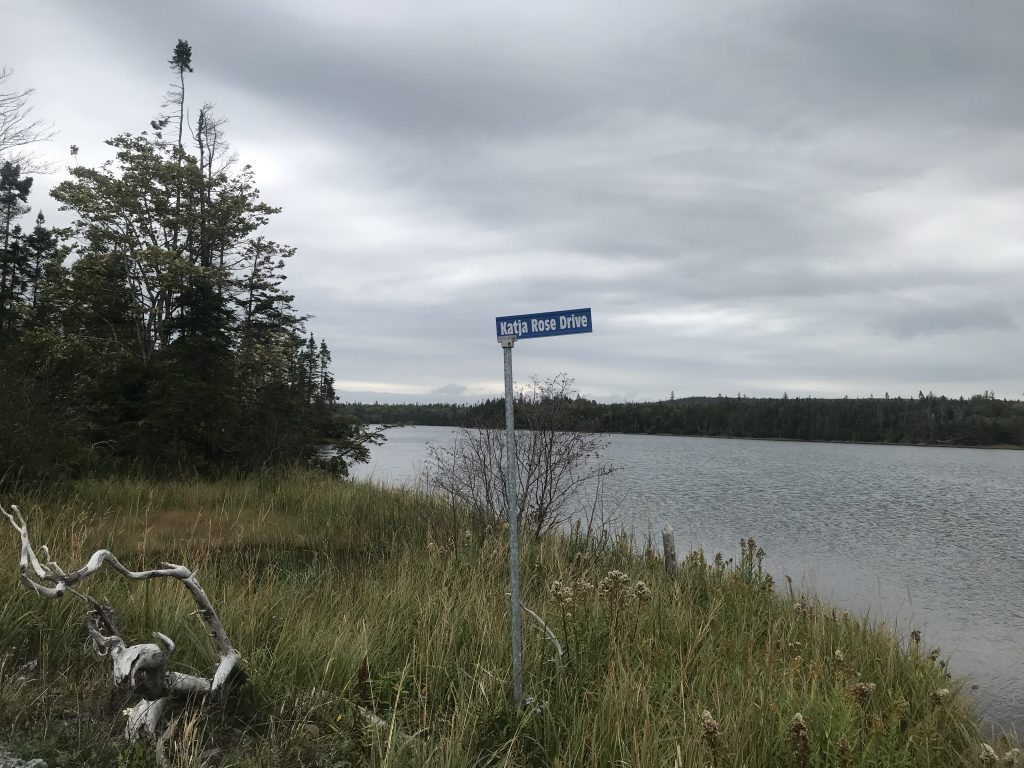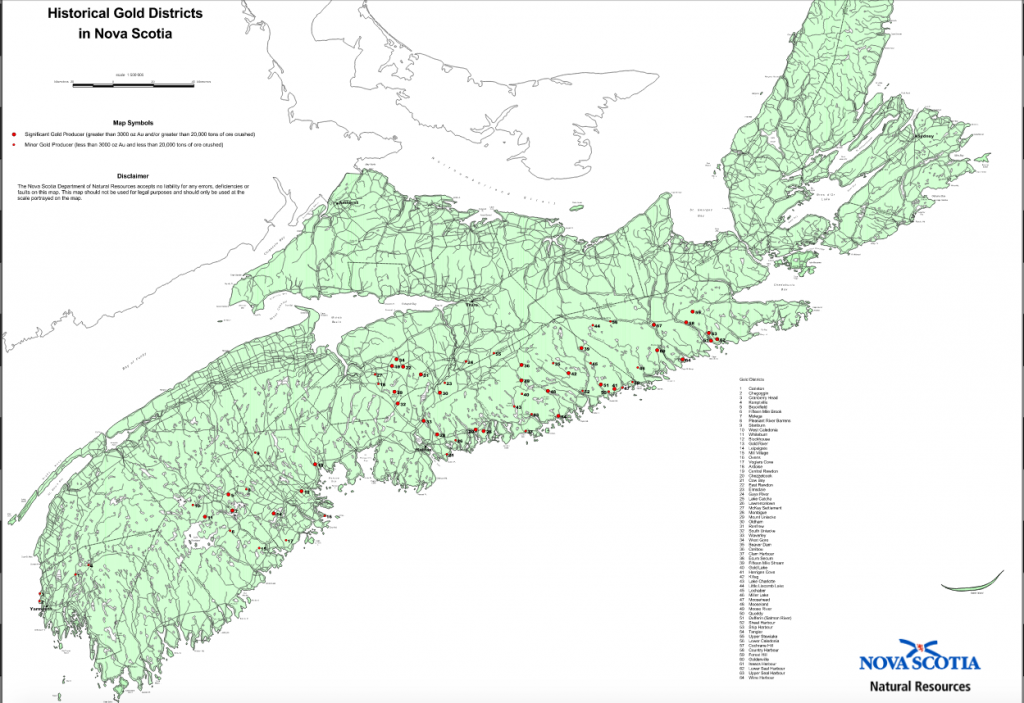This article was originally published by the Halifax Examiner on November 28, 2021.

Photo: Joan Baxter
Nova Scotia has long been a popular place not just for settlers, but in the last century it also became a popular place for non-residents — including many well-heeled Americans and Europeans — to purchase properties.[1]
For decades, scholars and successive governments have debated the issue of non-resident land ownership in a province with relatively little Crown land, with waterfronts being carved up into private properties that reduce public access to Nova Scotia shorelines.
The COVID-19 pandemic has caused a real estate boom in Nova Scotia, including most rural counties, as people from urban centres, elsewhere in Canada and abroad, looked for ways to escape crowded urban areas.
A few months into the pandemic, the German magazine, Der Spiegel, broke the story that some right-wing conspiracy theorists were marketing Cape Breton to like-minded German-speaking Europeans, which added yet another dimension to long-standing questions about non-resident land ownership in Nova Scotia.
This three-part series follows up on its 2020 coverage and looks into some of these questions it raises, even as the province prepares to change the property tax rate for non-resident owners.
This, the final of three articles, looks at previous efforts to come to grips with the question of land ownership regulation in Nova Scotia, what it means for affordability of properties, and why it’s all been so contentious for so long.
Read part 1 here.
Read part 2 here.

Nova Scotia coastline near Terence Bay. Photo: Joan Baxter
It was a spring day, and as they’d been doing for some weeks, Jan and Paul (not their real names) were driving around looking for land on the South Shore of Nova Scotia, where Jan had spent a good part of her childhood.
Both were living and working in Halifax, and wanted a property they could call their own, where they would settle down and eventually retire. They had been scouting out properties for weeks, and had yet to find a place they could afford. For many years, the South Shore had been popular with American and European buyers who had no problem paying hefty prices for oceanfront properties.
“One day we were driving out near Terence Bay,” Jan recalled for the Halifax Examiner. “And we saw this sign that said ‘lots for sale’ on a dirt road that seemed to lead to the waterfront. So we just started driving. The gate was open.”
Suddenly another vehicle came out of nowhere and cut them off. The woman driver stopped her car, slammed the door, and approached their open window, angrily informing them they were on private property.
“We said we were sorry but that we had seen a sign that there were lots for sale, and we told her we were potential buyers,” Jan said.
The woman, who had a strong German accent, was still angry, and proclaimed loudly, “We don’t sell to Canadians.”
She said the lots were only for Europeans.
Jan and Paul turned around and headed back to the main road.
Jan, a fifth generation Nova Scotian, was in tears.
This happened back in the mid-1990s, but Jan remembers it as if it were yesterday, especially her visceral reaction to being told that Canadians were not welcome to buy land in … Nova Scotia.
A new tax levy for non-residents?
Non-resident land ownership in Nova Scotia has been a contentious issue for decades.

Canadian Pioneer Estates sign in Richmond County, Cape Breton. Photo: Joan Baxter
The question of whether those who own land, reside and pay taxes in Nova Scotia should pay lower property taxes than those who do not has been debated, discussed, and disagreed on since the 1960s.
















